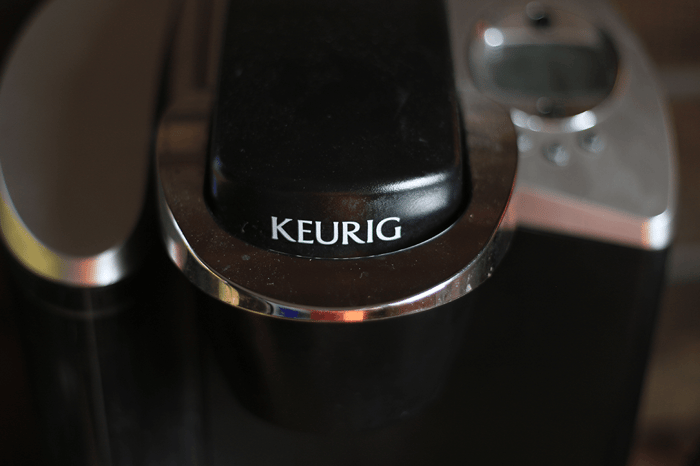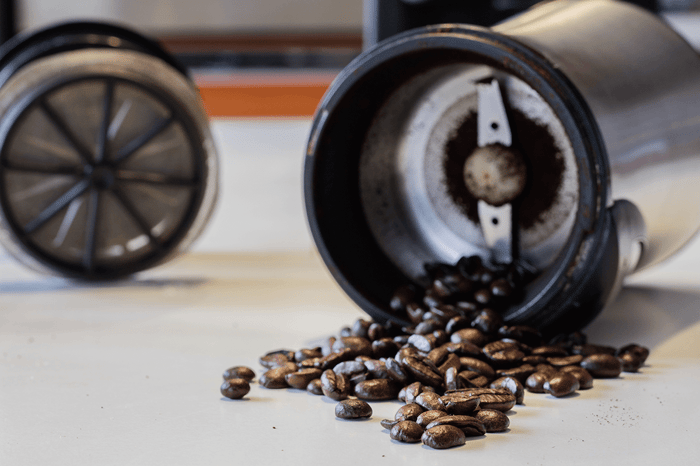
For those of us with automatic coffee makers, descaling is—or should be—a fact of life.
If you use a Keurig machine, you (hopefully) know how crucial it is to keep up with cleaning and maintaining it. Descaling is a huge part of that.
Keurig brewers that get a lot of use on a daily basis can develop clogs, and all Keurig coffee machines are prone to developing “mineral build up” inside.
Similar automatic coffee makers can develop this as well, so it’s not an issue specific to K-cup brewers.
Keurig Green Mountain recommends descaling your K-cup machine using its descaling solution once every 3 - 6 months to remove any mineral build up that has developed.
Honestly, you can probably get away with doing it once every 6 months, but that’s off the record—it’s always best to follow the manufacturer’s instructions, and they say to do it every 3 - 6 months.
It could be necessary to perform a descaling more often than twice a year—it really depends how hard your water is and how often the machine is being used.
If your K-cup brewer is used in an office setting, it’s definitely more likely to need frequent descaling compared to one on your kitchen counter.
Question: What am I “de-scaling” exactly? How did it get so scaled in the first place?
Answer: That’s 2 questions, but the term “scale” refers to mineral deposits—calcium is the main culprit here, but other elements in the water like potassium and magnesium can also contribute.
As you continue to run water through the machine to brew your coffee, minerals slowly get left behind and begin to accumulate—just like they can in your home’s plumbing. Descaling just refers to removing this mineral accumulation so your brewer keeps working at peak performance.
You may have noticed little “rocks” of limescale form around the tiny holes on your shower head—limescale is mostly composed of calcium and magnesium. If enough limescale accumulates around these openings, it can start to interfere with the water flow and eventually clog the hole and stop the water from flowing through. This is basically what we’re trying to prevent from happening inside your Keurig brewer.
How to Descale a Keurig Machine (K-Classic, K-Cafe, K-Compact, K-Elite, or K-Select)
It’s very simple to descale a Keurig machine. It may look like a lot of steps at first glance, but the steps mostly involve filling up or dumping out a mug of water (and double checking to make sure there’s not an old K-cup still inside—yikes).
Supplies Needed:
- Keurig Descaling Solution*
- A Large Ceramic Mug that can hold the largest brew size your Keurig machine allows
*This solution can be found inside an official Keurig Brewer Cleanse Kit or purchased separately.
Instructions:
- Empty the water reservoir
- Pour all of the Keurig Descaling solution into the empty water reservoir (If you’re descaling a Mini, only use ⅓)
- Fill the empty bottle with water and pour into the reservoir
- Place a large ceramic mug on the drip tray
- Open the K-Cup holder to make sure there isn’t a K-Cup inside
- Press the button for the largest brew size and wait for the machine to finish filling the mug with water.
- Repeat Step 6 until the “ADD WATER” light is illuminated
- Let the machine sit for 30 minutes
- Rinse out the reservoir thoroughly, filling it up to the MAX line with fresh water and performing 12 brews using the largest brew size.
Descaling your machine regularly makes a huge difference in the quality of your coffee—which should be obvious by how your coffee tastes. If you’re finding that your K-cups just don’t taste as good as they used to, descaling your machine may be the solution.
Additionally, you’ll be making it less likely for the machine to fail down the road.
While it’s definitely not the cause of every issue, I’ve personally observed that some people who complain about the reliability or “disposability” (i.e. short operating life) of their Keurig machines have somehow never even heard of “descaling,” let alone done it. Despite the fact that Keurig makes a huge deal about it on the materials inside the box.
Now that your machine is clean, you’ll probably find that your coffee tastes noticeably different—noticeably better.





